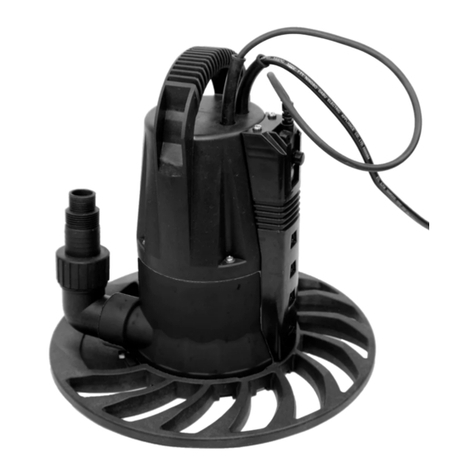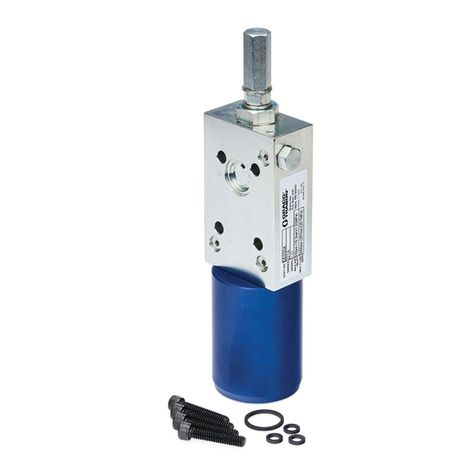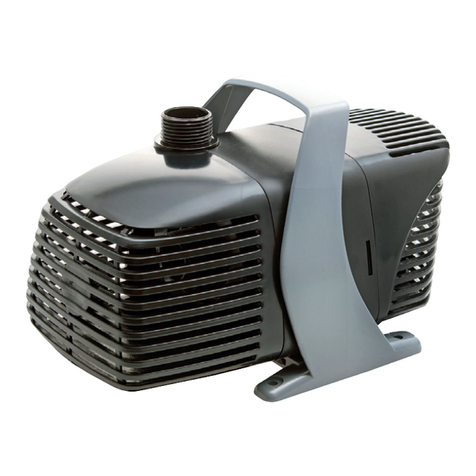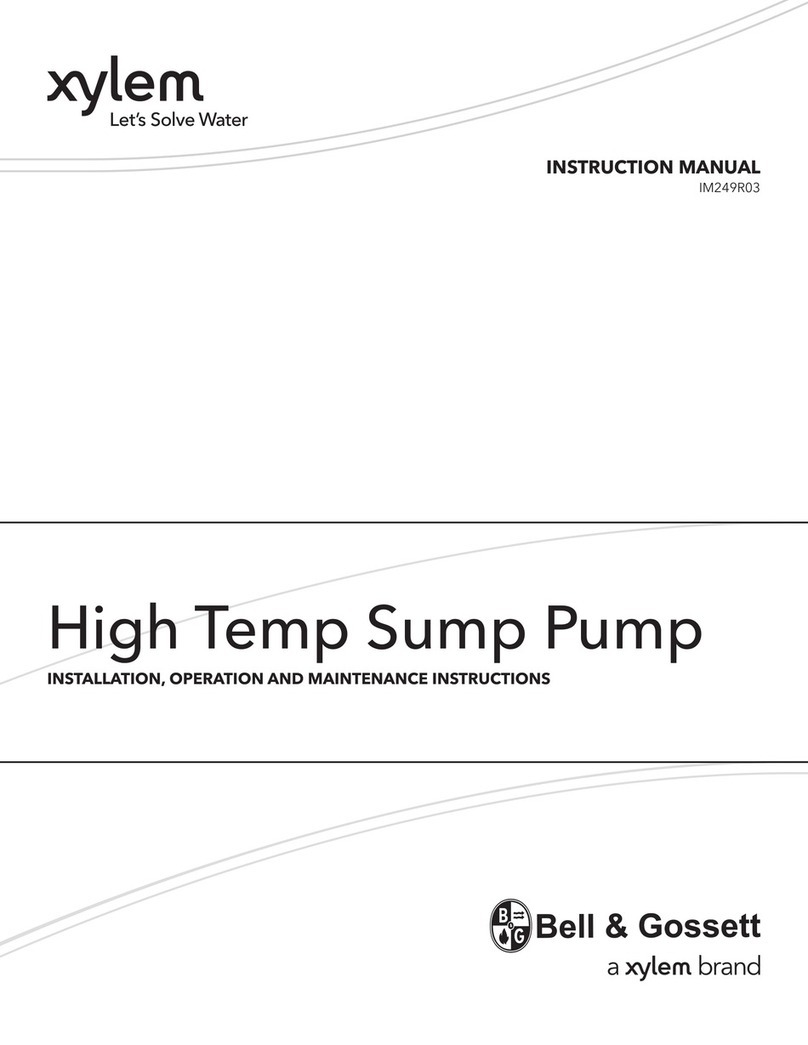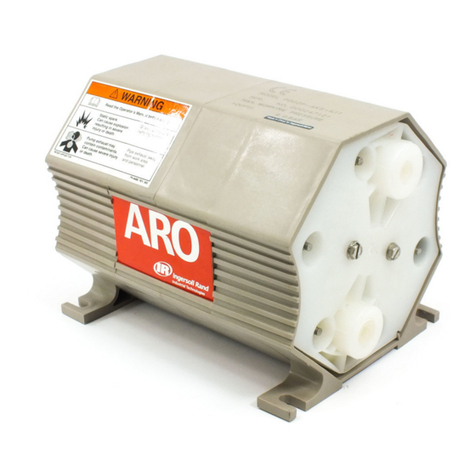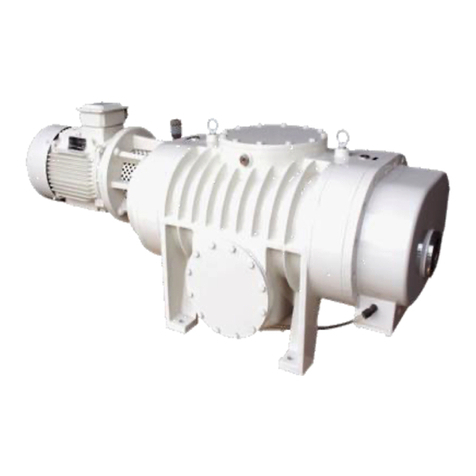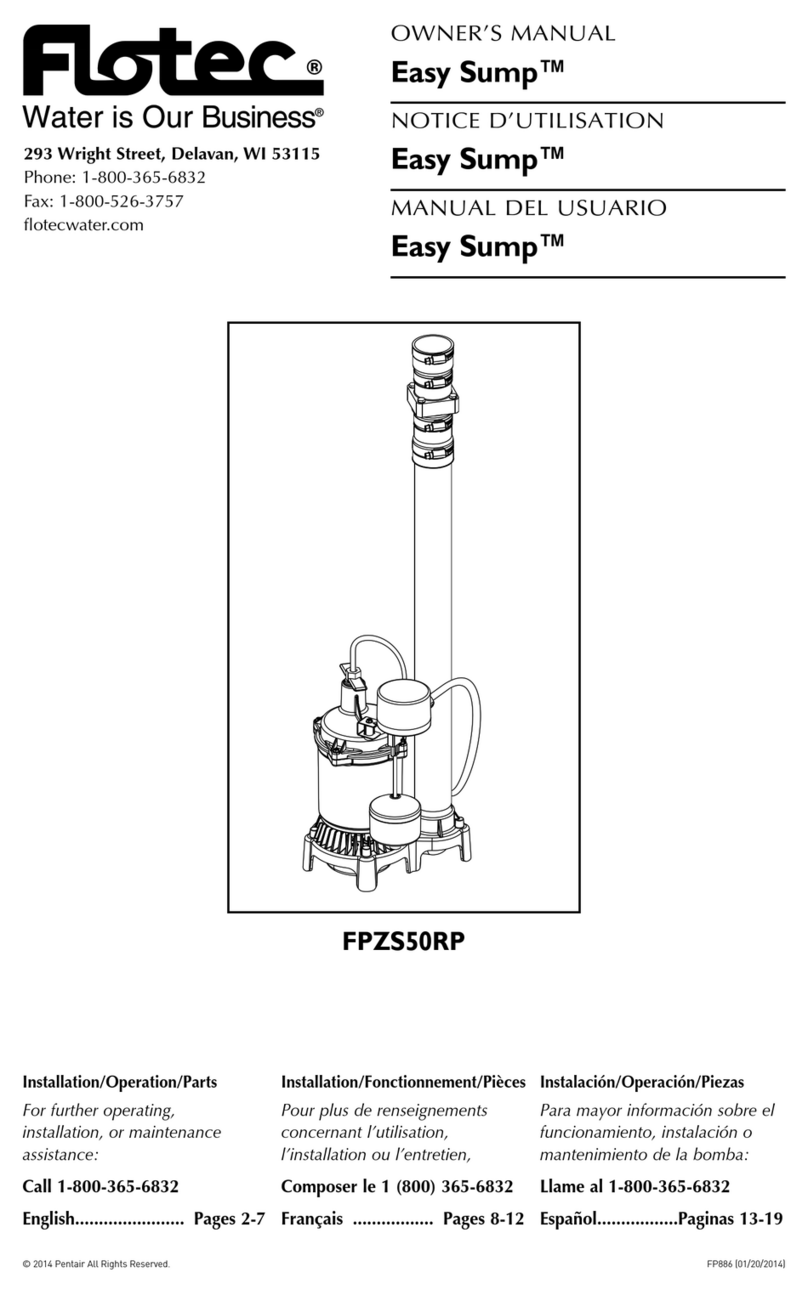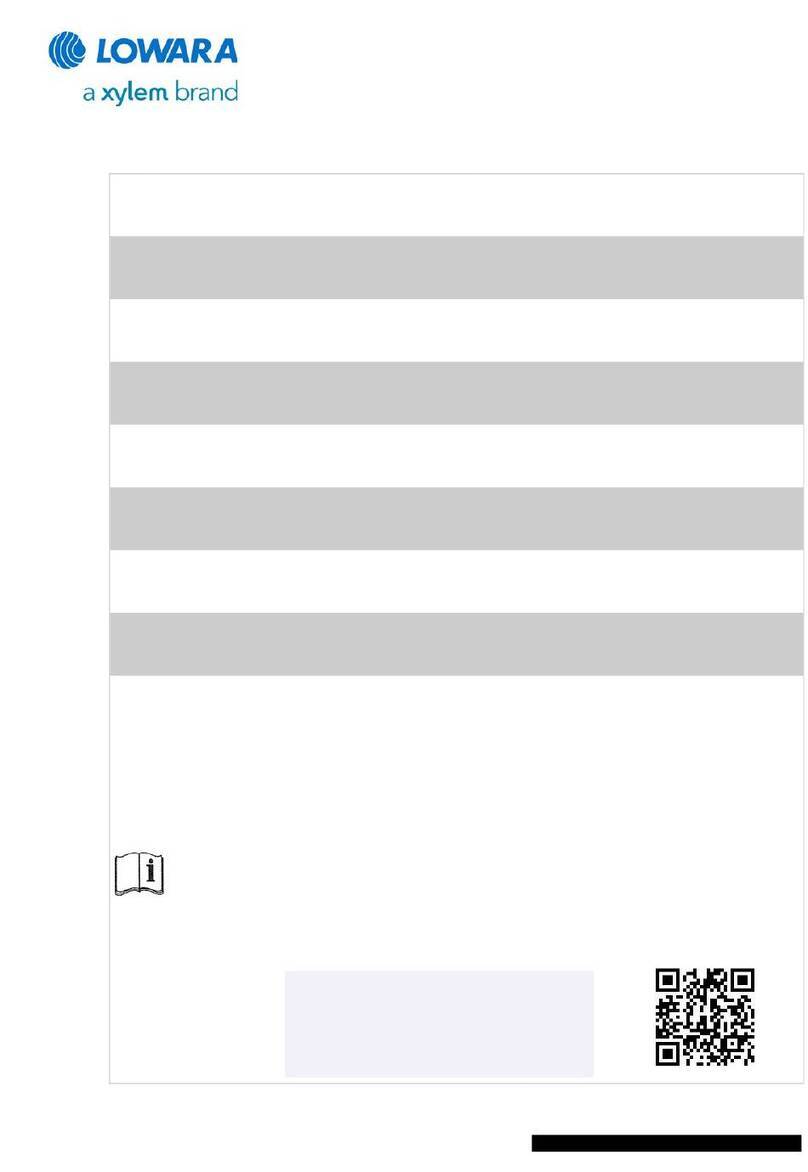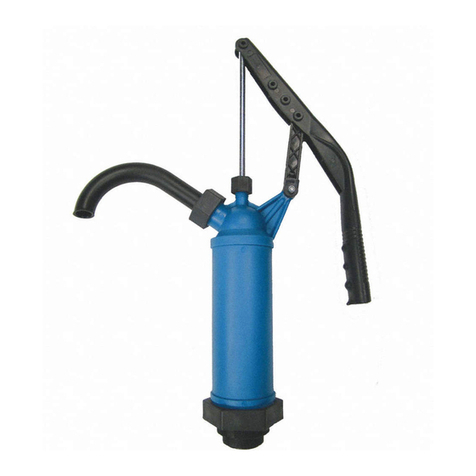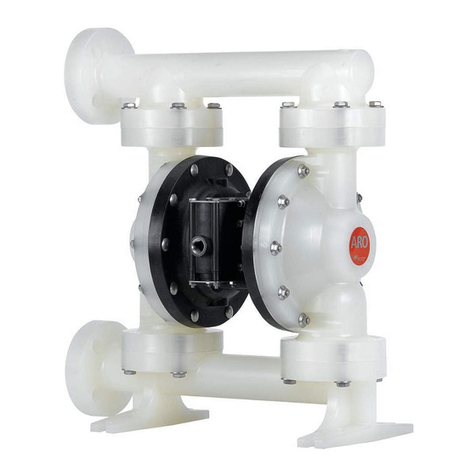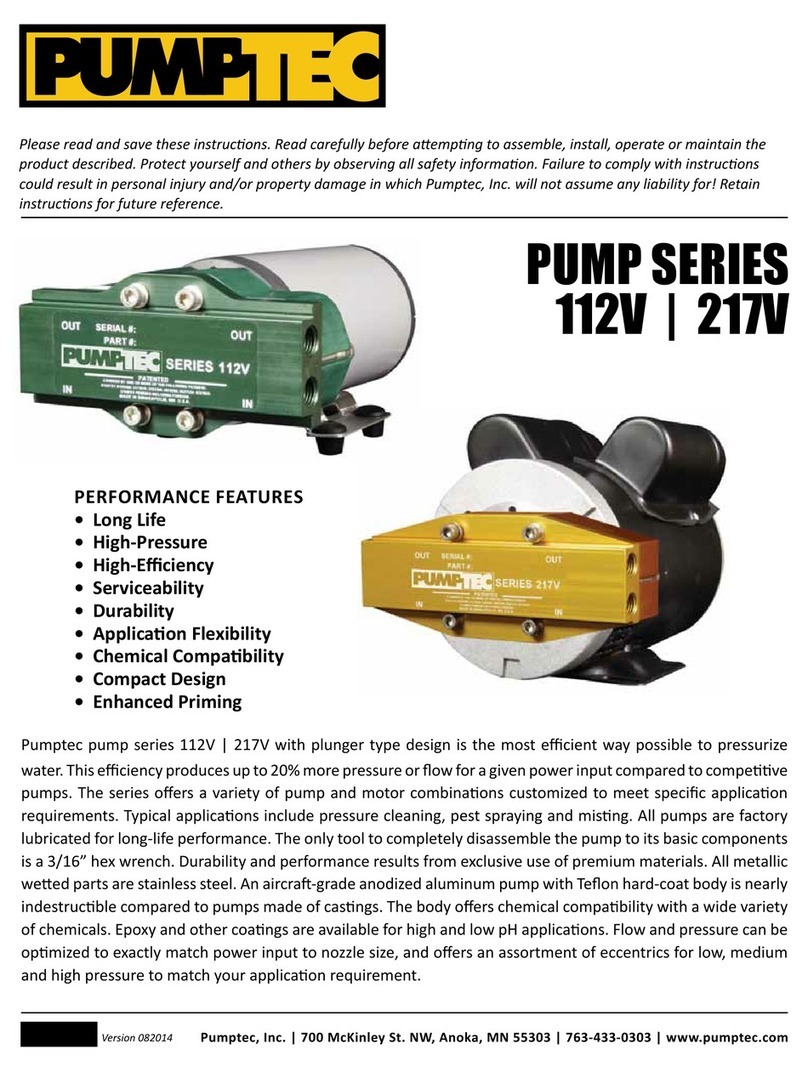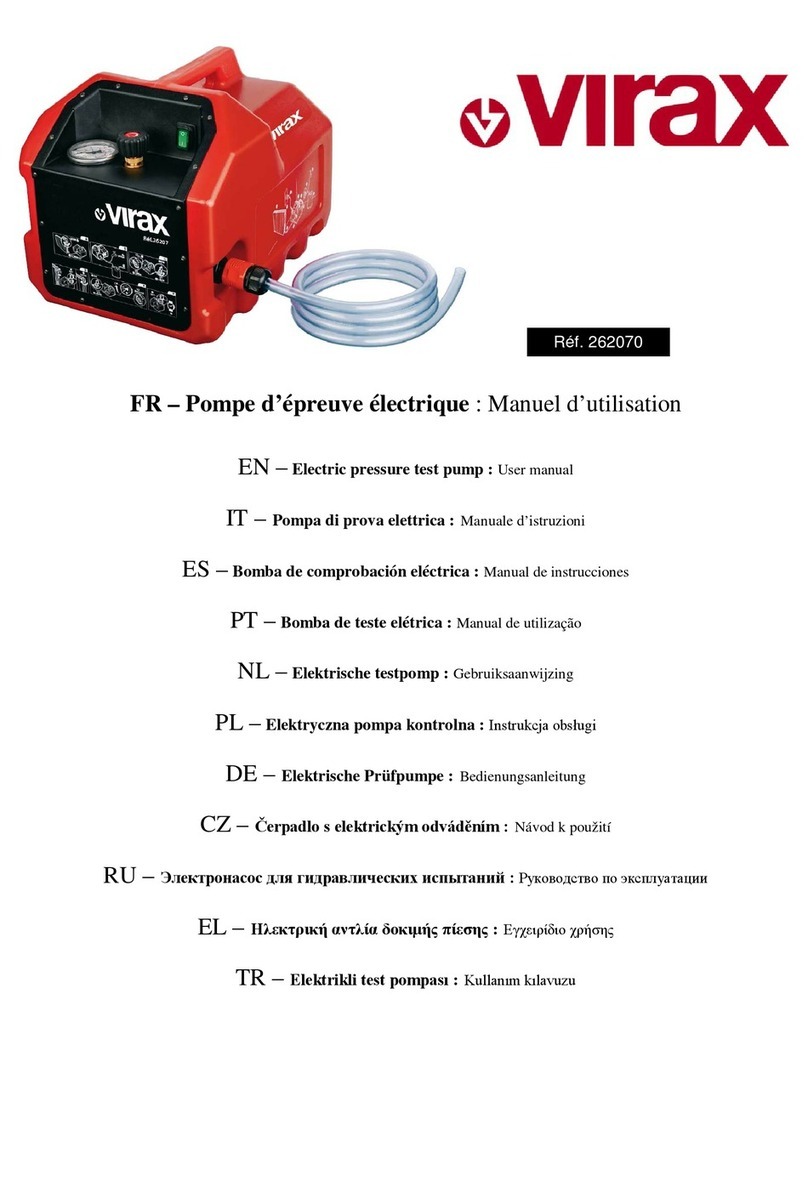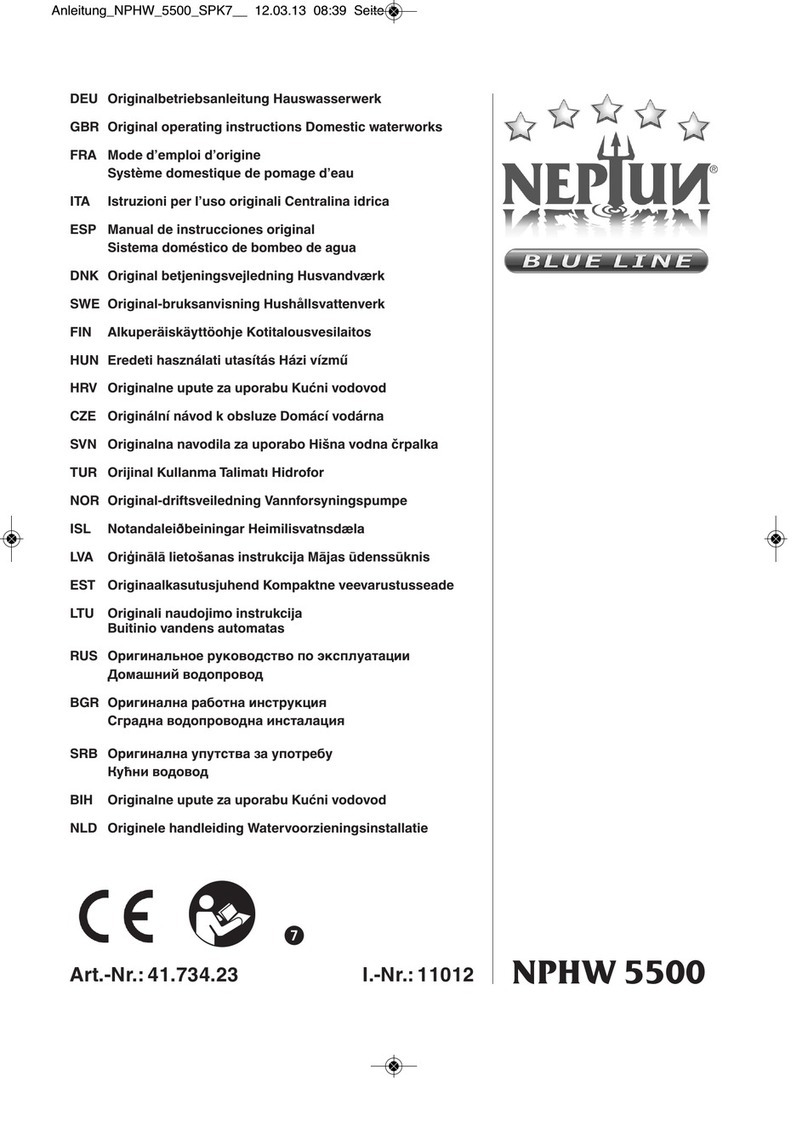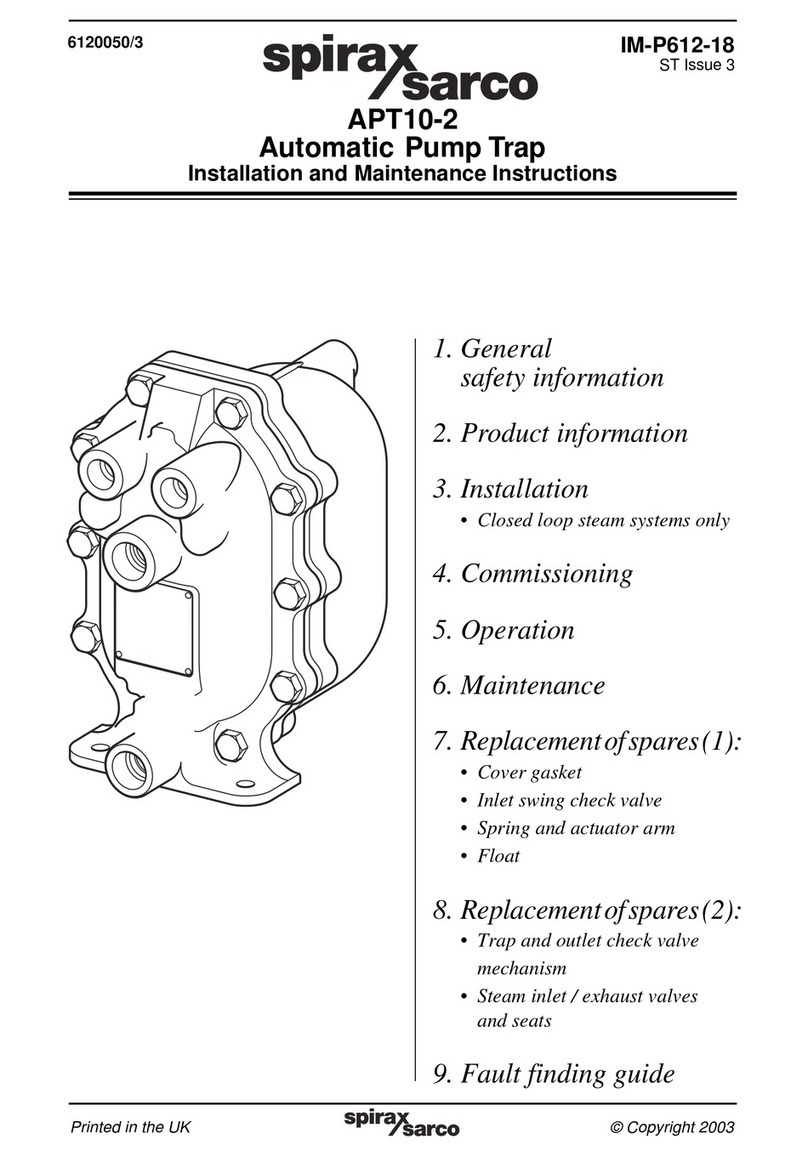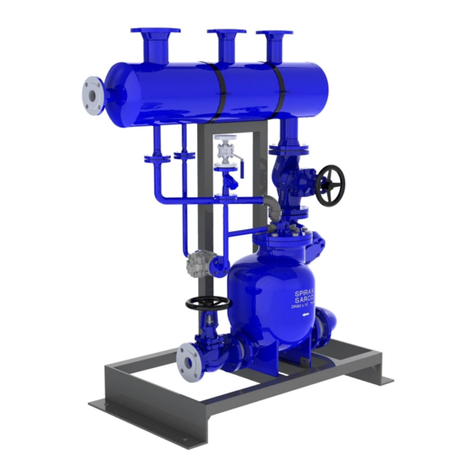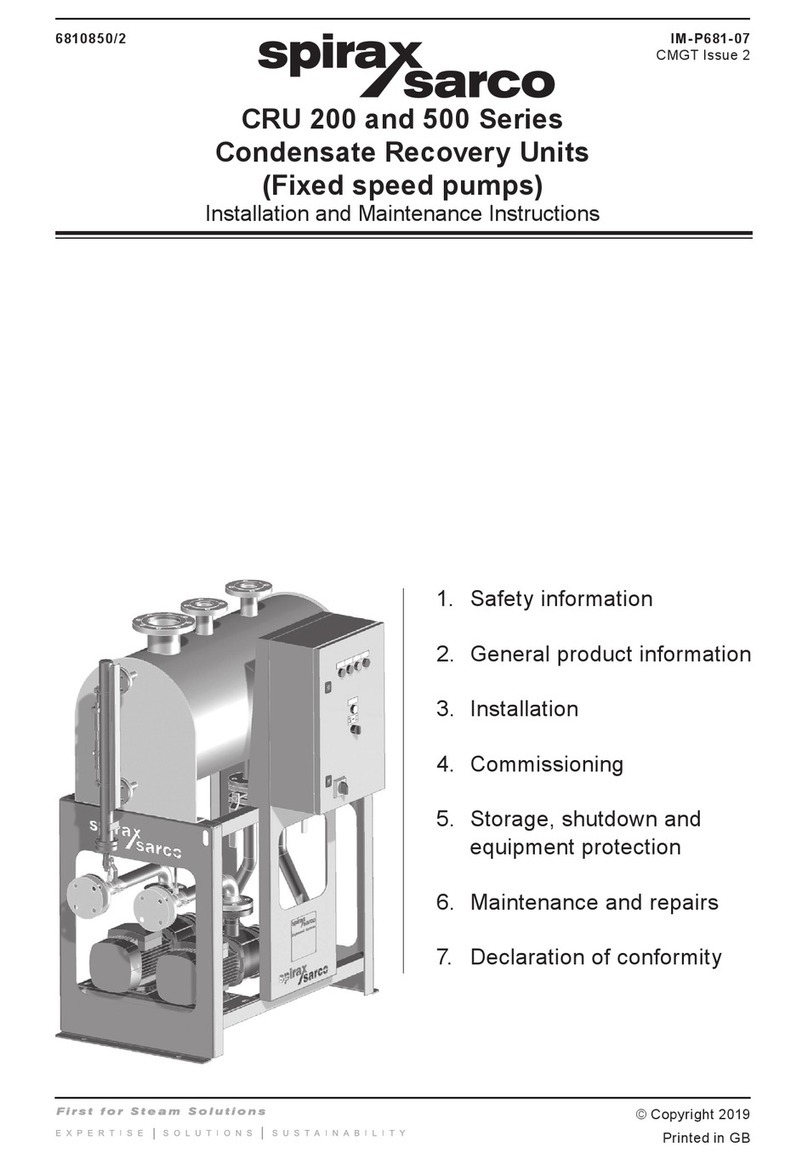4
1.11 Permits to work
All work must be carried out or be supervised by a suitably competent person.
Installation and operating personnel should be trained in the correct use of the
product according to the Installation and Maintenance Instructions.
Where a formal 'permit to work' system is in force it must be complied with. Where
there is no such system, it is recommended that a responsible person should know
what work is going on and, where necessary, arrange to have an assistant whose
primary responsibility is safety.
Post 'warning notices' if necessary.
1.12 Handling
Manual handling of large and/or heavy products may present a risk of injury. Lifting,
pushing, pulling, carrying or supporting a load by bodily force can cause injury
particularly to the back. You are advised to assess the risks taking into account the
task, the individual, the load and the working environment and use the appropriate
handling method depending on the circumstances of the work being done.
Please note
For specific details relating to the weight and internal mechanism of these products,
see Section 2.
Product specific - safe lifting information
Please note that the Spirax Sarco APT14 automatic pump trap units come complete
with holes which may be tapped or untapped. These holes may be used for lifting
purposes at the sole risk and responsibilty of the purchaser.
The purchaser is responsible for the selection and use of the correct eye-bolt or
shackle combination and is, in whole, responsible for all lifting operations and
operator competency at their location. Spirax Sarco will ensure that any tapped hole
will have a spot face larger than the shoulder of a standard eye-bolt to allow seating
down to the shoulder. However, it should not be assumed that an eye-bolt is suitable
for lifting the product simply on the basis of shoulder size.
Spirax Sarco will accept no responsibility for loss or damage real or imagined, caused
by incorrect or inappropriate lifting of our products.
Spirax Sarco will ensure that the tapped holes provided are clearly marked with the
exact size and thread form. We will also carry out in conjunction with a third party,
a test on a sample of each product so provided and make available a copy of the test
procedure and test certificate on request.
Furthermore and without obligation Spirax Sarco will attach to each product provided
with such holes, threaded or otherwise, a disclaimer affixed to the product explaining
the purchaser's duty under the LOLER regulations for safe off-loading and lifting of
the product at their premises.
